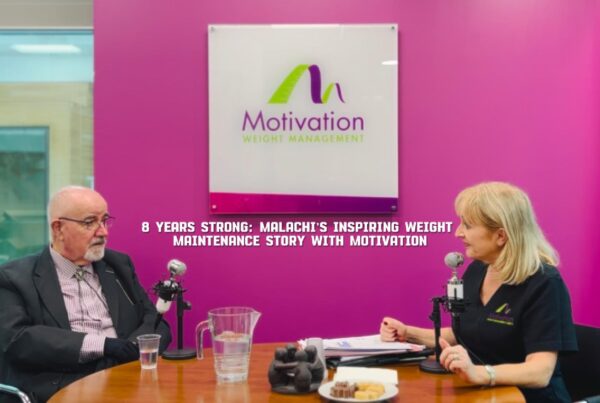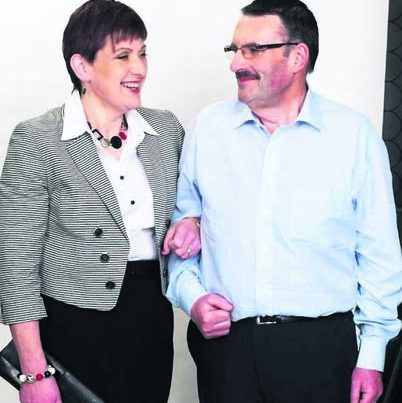
When exploring the psychological factors behind weight loss motivation, it’s important to recognise how our thoughts, emotions, and behaviors are deeply interconnected. The ABCD framework from cognitive therapy is a powerful tool for illustrating this relationship. By understanding and applying this process, individuals can transform how they respond to challenges and sustain motivation.
The ABCD Framework Explained
The ABCD framework is designed to show how events, thoughts, emotions, and behaviors interact. It demonstrates that while we can’t always control external events, we do have control over our thoughts, which in turn influence our emotions and subsequent actions.
Step A: An Event
This step represents any situation or occurrence that triggers a response. For example, noticing weight gain or feeling disappointed after an unhealthy meal can be the initiating event. While these events are often beyond our control, they set the stage for the rest of the process.
Step B: My Thought on This Event
This step is crucial, as it determines how we interpret the event. For instance, after realising weight gain, a person might think, “I need to take steps to feel better and be healthier.” These thoughts are adaptable and can be shifted to foster positive outcomes. Changing thoughts that don’t serve us into those that do is within our control and essential for maintaining motivation.
Step C: The Emotion I Felt
Emotions arise as a direct result of our thoughts. In the context of the ABCD process, thoughts like “I can improve my health” can produce motivating emotions such as hope or determination. Conversely, negative or self-critical thoughts can lead to feelings of defeat or apathy. This step emphasises the power our thoughts have in shaping our emotional landscape.
Step D: My Automatic Behaviour
Behavior flows naturally from emotions. For example, feeling motivated by the thought “I can make a change” might lead to enrolling in a weight-loss program or adopting healthier habits. Conversely, thoughts rooted in defeat may result in avoidance behaviors or giving up. The intensity of emotions, shaped by our thoughts, directly impacts how strongly we act on them.
How Our Thoughts Influence Emotions and Behavior
One of the most profound insights from this framework is understanding that our thoughts strike our emotions, which in turn trigger our behaviors. The moment we think, “I am capable of achieving this goal,” we evoke emotions such as confidence and enthusiasm. These positive emotions then encourage proactive behavior, like starting a fitness regimen or choosing nutritious foods. On the other hand, thoughts that foster doubt or negativity can trigger emotions like anxiety or frustration, leading to avoidance or self-sabotaging actions.
Applying ABCD to Manage Setbacks
Life is filled with setbacks, especially in challenging journeys like weight loss. The reformulated ABCD approach helps manage these hurdles. By accepting that setbacks are a part of the process (Step A) and changing perfectionist thoughts to more realistic ones (Step B), such as “Mistakes happen, and I can learn from them,” we can temper our emotional responses (Step C). Less intense negative emotions result in more controlled and constructive behaviors (Step D), such as recalibrating goals rather than giving up.
Final Thoughts on Sustaining Change
Mastering the ABCD process isn’t instant—it requires practice and repetition. Actively working on reinforcing positive thoughts helps ensure that emotions align with our goals, driving healthy behaviors over the long term. By recognizing and taking responsibility for our thoughts, we can influence how we feel and act, ultimately fostering sustainable change and leading a more balanced life.
Interested in more in-depth strategies and support? Join our motivational programs tailored to guide you toward sustainable health.



